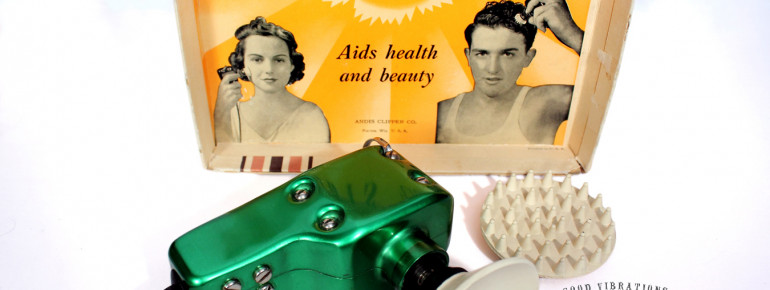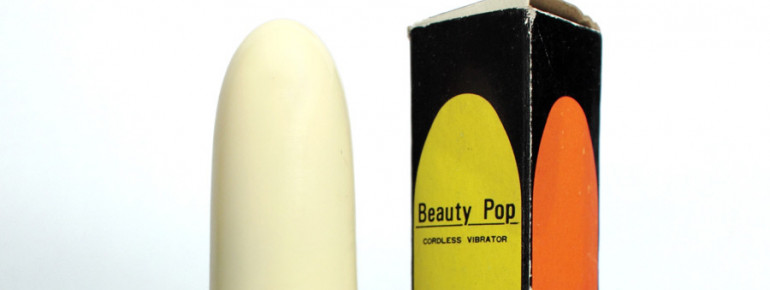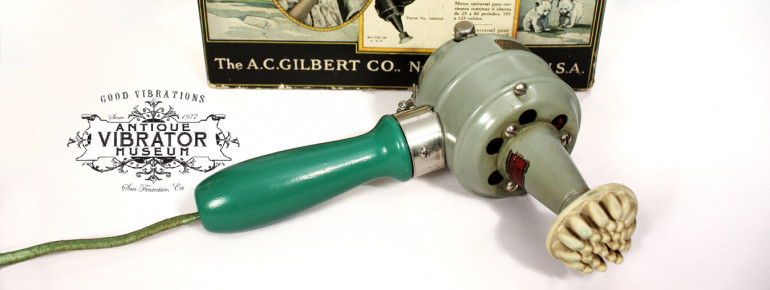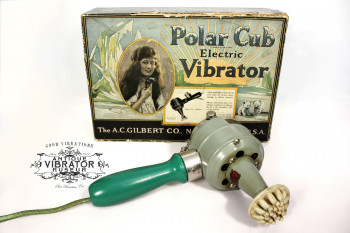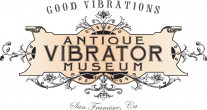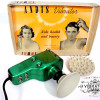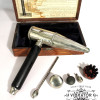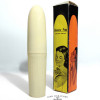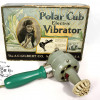Contents
Description
Inside its single showroom, Good Vibrations Antique Vibrator Museum in San Francisco holds an impressive amount of historic apparatus. The manner of use of many of the exhibits is not always obvious to the visitor right away.
It may be hard to believe, but modern electronic vibrators are not exactly a novelty. In fact, they look back upon a long history. Based on the exhibits, you get to trace the popular sex toy's evolution from its beginnings in the late 18th century up until the 1970s.
Join a guided tour through the museum to get close insight into the functionings of the historic masturbation devices. After your visit, you can browse through the museum's shop: on offer, quite expectedly, is a wide range of modern vibrators ;-)
Historical Information
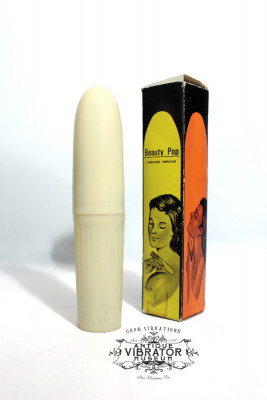
Good Vibrations Antique Vibrator Museum's founder, Joani Blank, has been collecting historic vibrators for over 20 years. Soon after the museum was opened, visitors began to send her further samples they had found at flea markets or in the estate of deceased relatives.
Earliest exhibits stem from the late 1800s, the most recent are from the 1970s. The first vibrator was developed in 1869, in the course of the invention of steam-powered massagers. It was patented by an American doctor. Around 1900, dozens of various types were on the market.
At the beginning, vibrators were used by doctors to treat hysteria. As they found their way into private households, they were marketed in women's magazines and mail-order catalogues as a home appliance. While its use for psychotherapy was given up in the 1920s, vibrators kept being sold as a cure for headaches, asthma, "fading beauty", and even tuberculosis. When the devices' sexual function could no longer be ignored, they started to vanish from serious publications.
How to get there
Good Vibrations Antique Vibrator Museum is located in Polk Street in San Francisco. From the popular Lavayette park, follow Clay Street until you can turn right into Polk Street.

